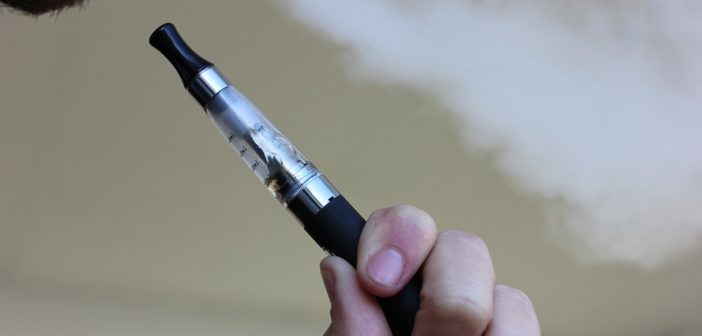The number of vapers has increased exponentially across the globe in recent times, rising from just seven million in 2011 to a whopping 35 million in 2016.
Three million or so of these reside in the UK, while along with the U.S. and Japan continues to drive growth in the world’s vaping marketplace. In the case of the UK, the popularity of vaping is underpinned by a relaxed regulatory approach, which provides a stark contrast to more prohibitive guidelines in regions like Hong Kong.
In this post, we’ll delve deeper in to UK vaping laws and ask what’s permissible within our shores.
An Overview of Vaping Laws in the UK
As a general rule, there’s no official legislation in the UK that imposes restrictions on vaping or bans particular e-liquids.
This has underpinned an explosion in the vaping market on these shores, with the customers online search for a ‘vape shop near me’ increasing and hundreds of outlets popping up on high streets nationwide.
The one exception to this rule is Wales, as while there was not enough support from local MPs to fully prohibit vaping in public places we have seen some guidelines passed into law. Vaping was banned on all public beaches in March, for example, although it’s important to note that there’s no real enforcement of this law or sanctions for those who break it.
This is indicative of the UK as a whole, as the government does not expressly prohibit vaping but instead allows private property owners to decide whether or not they permit this on their premises.
Of course, it stands to reason that some restrictions are in place in terms of public transport, with vaping and all types of smoking banned on buses and trains. In fact, it’s arguable that the most stringent UK guidelines effect public transpiration, with bus drivers liable to lose their license if a passenger is caught vaping on their vehicle.
A Look at Product Guidelines and Standards
While the laws surrounding vaping in the UK are relatively relaxed, our EU membership means that there are genuine restrictions in terms of the standard of products needed to operate safely.
The key consideration here is the European Union Tobacco Product Directive (EUTPD), which regulates the rules surrounding e-liquids and the size of containers. More specifically, single containers cannot contain more than 10ml of ep-liquid, although they can be sourced in different colours and shapes.
At the same time, the capacity of clearomisers and cartridges cannot exceed 2ml, while the permissible nicotine strength of e-liquids is currently capped at 20% (this was recently reduced from 24%).
As with cigarettes, there are also stringent regulations about labelling in the vaping market. This is the same for all smoking products, with all labels required to showcase the relevant health warnings and possible side effects.
This combination of stringent quality controls and relaxed usage regulations underlines the UK’s approach to vaping, while it’s central to the rising popularity of the practice nationwide.




